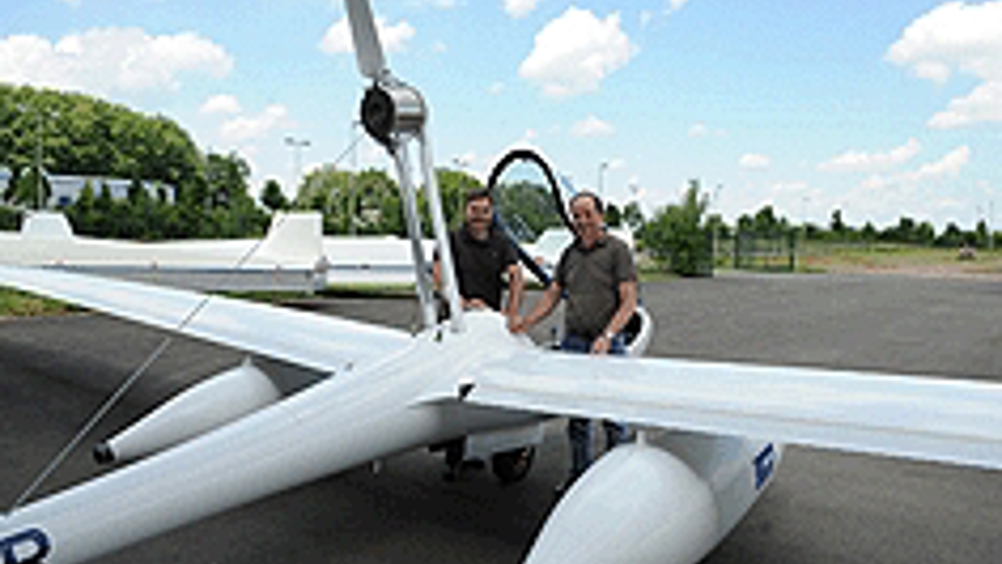Fuel-cell aircraft set to mask high-performing predecessor
The German Aerospace Centre is expecting to unveil a higher-performing successor to its record-setting fuel-cell powered aircraft in 2011.

According to the centre, the Antares H3 will set range and endurance benchmarks beyond those accomplished by its predecessor, the Antares DLR-H2, which was the world’s first piloted aircraft capable of performing a complete flight powered by fuel cells alone.
The German Aerospace Centre began the project with Lange Aviation this month and the first flight is scheduled to take place next year.
Technically, the new aircraft is based upon the Antares 20E as well as the fuel-cell powered Antares DLR-H2. The Lange Aviation Antares 20E is a self-launching motorised glider with battery-powered electrical propulsion, which has been in series production since 2004.
The fuel cells, which replace the batteries, use hydrogen as fuel. The hydrogen is transformed into electrical energy in a direct and non-combustive electrochemical reaction with oxygen taken from the surrounding air. The only reaction product is water. The aircraft flies carbon dioxide neutral, if the hydrogen is created using energy from a renewable source.
Register now to continue reading
Thanks for visiting The Engineer. You’ve now reached your monthly limit of news stories. Register for free to unlock unlimited access to all of our news coverage, as well as premium content including opinion, in-depth features and special reports.
Benefits of registering
-
In-depth insights and coverage of key emerging trends
-
Unrestricted access to special reports throughout the year
-
Daily technology news delivered straight to your inbox










Water Sector Talent Exodus Could Cripple The Sector
Well let´s do a little experiment. My last (10.4.25) half-yearly water/waste water bill from Severn Trent was £98.29. How much does not-for-profit Dŵr...